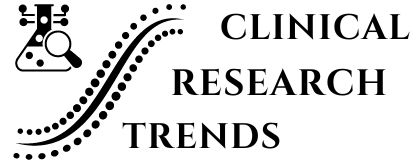The Role of Real-World Evidence in Clinical Trials
Clinical trials are the cornerstone of drug development, providing the critical data needed to evaluate the safety and efficacy of new medical treatments. These rigorously controlled studies are essential for ensuring that new drugs and therapies are both effective and safe for patient use. Traditionally, clinical trials have relied on highly controlled environments and specific patient populations to generate data, which, while reliable, may not always reflect the diverse realities of everyday clinical practice.
Enter Real-World Evidence (RWE), a powerful complement to traditional clinical trial data. RWE is derived from real-world data (RWD) collected outside the confines of controlled clinical trials, such as electronic health records (EHRs), patient registries, insurance claims, and data from digital health devices. This type of evidence provides insights into how treatments perform in a broader, more varied patient population over extended periods.
The growing significance of RWE in the pharmaceutical industry cannot be overstated. As healthcare systems become increasingly digitized, the volume of real-world data available for analysis has exploded, presenting new opportunities for improving clinical trial design, accelerating drug approvals, and enhancing patient outcomes. By integrating RWE into the clinical trial process, researchers and regulators can gain a more comprehensive understanding of a drug's impact, leading to better-informed decisions and, ultimately, more effective and safer treatments for patients.
Understanding Real-World Evidence (RWE)
Real-World Evidence (RWE) refers to clinical evidence regarding the usage and potential benefits or risks of a medical product derived from the analysis of real-world data (RWD). Unlike data from controlled clinical trials, which are conducted in highly regulated and standardized settings, RWE is gathered from a variety of sources reflecting actual clinical practice and patient experiences. This makes RWE a valuable tool for understanding how treatments work in the complexities of everyday healthcare environments.
Sources of RWE:
- Electronic Health Records (EHRs): These digital versions of patients’ paper charts provide comprehensive and detailed information on patient history, diagnoses, treatment plans, immunization dates, allergies, radiology images, and laboratory test results. EHRs offer a rich source of data for longitudinal studies and outcomes research.
- Patient Registries: These are organized systems that use observational study methods to collect uniform data (clinical and other) to evaluate specified outcomes for a population defined by a particular disease, condition, or exposure. Registries provide valuable insights into the natural history of diseases and the long-term effectiveness of treatments.
- Insurance Claims: These records include data on patient demographics, diagnoses, procedures, and outcomes as captured through billing processes. Claims data are useful for studying treatment patterns, healthcare utilization, and economic evaluations.
- Patient-Reported Outcomes: Information directly reported by patients about how they feel or function in relation to a health condition or its therapy, without interpretation by healthcare professionals or anyone else. These outcomes offer unique insights into the patient experience and quality of life.
- Digital Health Devices: Wearables and other health monitoring devices continuously collect data on a variety of health metrics, such as physical activity, heart rate, and sleep patterns. This data provides real-time, granular insights into patient health and behavior.
Differences Between RWE and Traditional Clinical Trial Data
While both RWE and traditional clinical trial data aim to assess the safety and efficacy of medical treatments, there are key differences between the two:
- Study Environment: Traditional clinical trials are conducted in highly controlled settings with strict protocols to minimize variability. In contrast, RWE is collected in real-world settings, reflecting a wide range of patient behaviors, clinical practices, and healthcare systems.
- Patient Population: Clinical trials typically involve a narrowly defined patient population to ensure homogeneous study groups and clear results. RWE, however, includes data from a broader, more diverse patient population, offering insights into how treatments perform across different demographics and comorbidities.
- Data Collection: Data in clinical trials is meticulously collected and monitored to ensure high-quality, accurate information. RWE, on the other hand, is derived from routine healthcare activities, which may introduce variability and potential biases but also captures the complexity of real-world treatment outcomes.
- Timeline: Clinical trials often have a defined timeline with specific endpoints. RWE can be gathered continuously over extended periods, allowing for the observation of long-term effects and outcomes that might not be apparent in the shorter duration of clinical trials.
By understanding and leveraging these differences, stakeholders in the healthcare industry can use RWE to complement traditional clinical trial data, leading to more robust and comprehensive evidence for decision-making in drug development and patient care.
Applications of RWE in Clinical Trials
Enhancing Study Designs
Incorporating Real-World Data to Identify Patient Populations: Real-world data (RWD) helps researchers identify patient populations that may benefit the most from a particular treatment. By analyzing EHRs, patient registries, and insurance claims, researchers can pinpoint specific subgroups based on demographics, disease severity, comorbidities, and other relevant factors. This targeted approach ensures that clinical trials are more relevant and reflective of the actual patient populations who will use the treatment.
Designing More Inclusive and Diverse Trials: Traditional clinical trials often have stringent inclusion and exclusion criteria, which can lead to underrepresentation of certain groups, such as the elderly, minorities, and patients with multiple comorbidities. RWE allows for the design of more inclusive and diverse trials by providing a broader understanding of how treatments work across different populations. This inclusivity improves the generalizability of trial results and ensures that the benefits and risks of new treatments are well understood in all patient groups.
Reducing Selection Bias: Selection bias occurs when the participants selected for a clinical trial do not accurately represent the broader patient population. By integrating RWE, researchers can reduce selection bias by ensuring a more representative sample. RWE provides a real-world context that can help balance trial enrollment and make the study population more reflective of those who will use the treatment in everyday clinical practice.
Supporting Clinical Trial Data
Complementing Randomized Controlled Trials (RCTs) with Real-World Insights: While RCTs are the gold standard for establishing causality and treatment efficacy, they are often limited by their controlled environments and narrow patient populations. RWE can complement RCTs by providing additional insights into how treatments perform in the real world. This combination of controlled trial data and real-world evidence offers a more comprehensive understanding of a treatment's effectiveness and safety.
Validating Trial Results in Broader, Real-World Settings: After a treatment has been tested in an RCT, RWE can be used to validate the results in broader, real-world settings. This validation process involves analyzing data from everyday clinical practice to confirm that the findings from the controlled trial hold true in a more diverse and varied patient population. This step is crucial for gaining regulatory approval and for healthcare providers to make informed decisions about adopting new treatments.
Benefits of Using RWE
Accelerating Drug Approvals
Providing Evidence for Regulatory Submissions: Regulatory bodies like the FDA and EMA are increasingly recognizing the value of RWE in supporting drug approval processes. By providing additional evidence derived from real-world data, pharmaceutical companies can strengthen their regulatory submissions. This supplementary evidence can demonstrate how a drug performs outside the controlled environment of a clinical trial, offering a more comprehensive view of its efficacy and safety.
Supporting Conditional Approvals and Label Expansions: RWE can be particularly valuable in securing conditional approvals and label expansions. For treatments addressing unmet medical needs or rare diseases, traditional clinical trials may be impractical due to small patient populations. RWE provides robust data that can support conditional approvals by showing real-world benefits and informing risk-benefit analyses. Similarly, for already approved drugs, RWE can provide the evidence needed to expand their indications to new patient groups or conditions, facilitating broader access to effective therapies
.
Improving Post-Market Surveillance
Monitoring Drug Safety and Efficacy in Real-World Use: Once a drug is on the market, continuous monitoring of its safety and efficacy in the real world is crucial. RWE plays a significant role in this post-market surveillance by tracking patient outcomes and adverse events in routine clinical practice. This ongoing monitoring helps identify any issues that may not have been apparent during the controlled phases of clinical trials, ensuring that any potential risks are promptly addressed.
Identifying Rare Adverse Events and Long-Term Effects: Rare adverse events and long-term effects of treatments may not surface during the relatively short duration of clinical trials. RWE enables the detection of such events by analyzing large datasets over extended periods. This long-term surveillance can uncover rare but serious side effects, informing healthcare providers and patients about the full risk profile of a treatment. Additionally, understanding the long-term efficacy of a drug in diverse patient populations helps refine treatment guidelines and improve patient care.
The benefits of using RWE extend beyond the initial phases of drug development and approval, providing critical insights throughout the lifecycle of a treatment. By integrating RWE, pharmaceutical companies and regulators can make more informed decisions, leading to safer and more effective therapies reaching patients faster and with greater confidence in their real-world performance.
Case Studies and Examples
Successful Integration of RWE in Recent Drug Approvals
One notable example of successful RWE integration is the approval of Pfizer’s Ibrance (palbociclib) for male breast cancer. Originally approved for female breast cancer, the FDA extended its use to men based on real-world evidence from electronic health records and post-marketing reports. This case demonstrates how RWE can fill knowledge gaps left by traditional clinical trials, especially in rare conditions or small patient populations.
Another example is the use of RWE in the approval of Novartis’ Kymriah (tisagenlecleucel) for pediatric and young adult patients with acute lymphoblastic leukemia. RWE helped demonstrate the drug's long-term efficacy and safety, complementing data from clinical trials and providing a more comprehensive picture of patient outcomes.
Examples of Regulatory Bodies Utilizing RWE in Decision-Making
The FDA’s framework for real-world evidence, introduced in 2018, outlines how RWE can be used to support regulatory decision-making. The agency has since used RWE to approve new indications for existing drugs, evaluate post-market safety, and even accelerate the approval of treatments during public health emergencies, such as the COVID-19 pandemic.
Similarly, the European Medicines Agency (EMA) has embraced RWE through initiatives like the Adaptive Pathways program. This approach allows for the progressive gathering of evidence and continuous evaluation of a medicine’s risk-benefit balance, using RWE to complement clinical trial data and inform regulatory decisions.
Notable Collaborations Between Industry, Academia, and Healthcare Providers
Collaborations between industry, academia, and healthcare providers are essential for leveraging RWE effectively. One such collaboration is the IMI’s (Innovative Medicines Initiative) GetReal project in Europe, which aims to integrate RWE into drug development and regulatory approval processes. This partnership involves pharmaceutical companies, academic institutions, and regulatory bodies working together to develop methodologies and frameworks for the use of RWE.
Another example is the collaboration between Flatiron Health and the FDA. Flatiron Health, a healthcare technology company, provides real-world oncology data that the FDA uses to understand cancer treatments' real-world performance. This partnership has helped shape regulatory policies and improve the incorporation of RWE into cancer drug approvals.
The Sentinel Initiative, a collaboration led by the FDA, monitors the safety of FDA-regulated medical products using electronic healthcare data. By partnering with various data partners, including healthcare providers and insurance companies, the initiative leverages RWE to conduct active surveillance and ensure the ongoing safety of marketed products.
Notable Labs makes for another remarkable example. Real-world evidence (RWE) plays a crucial role in modern clinical trials by providing insights derived from real-world data (RWD) collected outside the controlled environment of randomized clinical trials (RCTs). At Notable Labs, the integration of RWE into clinical research enhances the understanding of treatment efficacy and safety in diverse patient populations. Notable Labs leverages advanced data analytics and machine learning techniques to analyze vast amounts of RWD, enabling more informed decision-making throughout the drug development process. By incorporating RWE, Notable Labs supports the design of more effective and patient-centered clinical trials, ultimately accelerating the path to regulatory approval and ensuring that therapies meet the real-world needs of patients.
These case studies and examples illustrate how the integration of RWE into clinical trials and regulatory processes can lead to more informed decision-making, faster drug approvals, and ultimately, better patient outcomes. As RWE continues to gain traction, its role in shaping the future of healthcare and drug development will only grow more significant.
Challenges and Considerations
Data Quality and Standardization Issues:
One of the primary challenges in utilizing Real-World Evidence (RWE) is ensuring the quality and standardization of data. Real-world data (RWD) comes from various sources, such as electronic health records (EHRs), patient registries, and insurance claims, each with its own formats and levels of detail. This variability can lead to inconsistencies and inaccuracies that may affect the reliability of RWE. Ensuring data quality requires robust data cleaning, validation processes, and the development of standardized data formats and terminologies to facilitate accurate analysis and interpretation.
Privacy Concerns and Ethical Considerations:
The use of RWE involves handling large volumes of sensitive patient data, raising significant privacy and ethical concerns. Protecting patient confidentiality while leveraging their data for research is a delicate balance. Compliance with regulations like the Health Insurance Portability and Accountability Act (HIPAA) in the U.S. and the General Data Protection Regulation (GDPR) in Europe is crucial. Researchers and healthcare organizations must implement stringent data protection measures, obtain informed consent, and ensure transparency about how patient data will be used. Ethical considerations also include ensuring that the use of RWE does not inadvertently introduce biases or exacerbate health disparities.
Integrating RWE into Traditional Clinical Trial Frameworks:
Integrating RWE into traditional clinical trial frameworks poses several challenges. RWE, derived from routine clinical practice, often lacks the controlled environment of randomized controlled trials (RCTs), making it more difficult to establish causality. Researchers must develop methodologies to combine RWE with traditional clinical trial data effectively, ensuring that the combined evidence is robust and reliable. This integration requires innovative study designs, such as hybrid trials that incorporate both RCT and RWE elements, and advanced statistical methods to address potential biases and confounding factors inherent in real-world data.
Navigating Regulatory Landscapes and Requirements:
The regulatory landscape for RWE is evolving, and navigating it can be complex. Different regulatory bodies, such as the FDA and EMA, have varying guidelines and requirements for the use of RWE in drug development and approval processes. Staying abreast of these regulations and understanding how they apply to different types of RWE is crucial for pharmaceutical companies and researchers. Additionally, demonstrating the validity and reliability of RWE to regulatory authorities requires robust evidence-generation strategies and clear communication of the methodologies used.
Future Directions and Opportunities
Technological Advancements Driving RWE Utilization
The future of Real-World Evidence (RWE) is closely tied to technological advancements that enhance the collection, analysis, and interpretation of real-world data (RWD). Key technologies driving RWE utilization include:
- Artificial Intelligence (AI) and Machine Learning: AI and machine learning algorithms can process vast amounts of RWD efficiently, identifying patterns and insights that might be missed through traditional analysis. These technologies can automate data cleaning, integration, and analysis processes, making it easier to generate high-quality RWE.
- Big Data Analytics: The ability to analyze large datasets from diverse sources is crucial for leveraging RWE. Big data analytics platforms can handle complex and heterogeneous data, providing deeper insights into treatment outcomes and patient experiences. These tools enable the aggregation and analysis of data from EHRs, wearables, social media, and other sources.
- Digital Health Technologies: Wearable devices, mobile health apps, and remote monitoring tools continuously generate real-time health data. These technologies provide a wealth of RWD that can be used to track patient outcomes, monitor treatment adherence, and detect early signs of adverse events. The integration of digital health data into RWE frameworks enhances the granularity and timeliness of evidence generation.
Evolving Regulatory Guidelines and Frameworks
Regulatory bodies are increasingly recognizing the value of RWE and are evolving their guidelines and frameworks to facilitate its use. Key developments include:
- FDA’s Real-World Evidence Framework: The FDA has published guidelines on how RWE can be used to support regulatory decisions, including drug approvals and post-market surveillance. This framework outlines the types of RWD that can be used, the methodologies for generating RWE, and the standards for data quality and reliability.
- EMA’s Adaptive Pathways: The EMA’s Adaptive Pathways program aims to expedite the development and approval of medicines by incorporating RWE into the decision-making process. This approach allows for iterative learning and continuous evidence generation, enabling faster access to new treatments while ensuring ongoing assessment of their safety and efficacy.
- International Collaborations: Organizations like the International Coalition of Medicines Regulatory Authorities (ICMRA) are working to harmonize regulatory approaches to RWE across different regions. These collaborations aim to develop consistent standards and best practices for the use of RWE globally.
Potential for Personalized Medicine and Targeted Therapies Using RWE
RWE has significant potential to advance personalized medicine and the development of targeted therapies. By analyzing RWD, researchers can identify patient subgroups that respond differently to treatments, enabling more precise and individualized care. Key opportunities include:
- Biomarker Discovery: RWE can help identify biomarkers that predict treatment response or adverse effects, allowing for the development of personalized treatment plans. This approach can improve the efficacy and safety of therapies by tailoring them to the specific genetic, environmental, and lifestyle factors of individual patients.
- Patient-Centered Outcomes: RWE provides insights into patient-reported outcomes and real-world experiences, which are critical for understanding the true impact of treatments. This information can inform the development of therapies that better meet patients’ needs and preferences, enhancing their quality of life.
- Adaptive Clinical Trials: RWE can be used in adaptive trial designs that allow for modifications based on interim data analysis. This flexibility enables the identification of effective treatments more quickly and can reduce the number of patients exposed to less effective therapies.
Recap of the key points discussed
In this blog, we explored the critical role of Real-World Evidence (RWE) in clinical trials and drug development. We began by understanding what RWE is and its key components, such as data from electronic health records (EHRs), patient registries, insurance claims, patient-reported outcomes, and digital health devices. We discussed how RWE complements traditional clinical trial data by enhancing study designs, supporting clinical trial data, and validating trial results in real-world settings.
We examined the numerous benefits of RWE, including accelerating drug approvals, supporting conditional approvals and label expansions, and improving post-market surveillance by monitoring drug safety and efficacy in real-world use. Case studies and examples highlighted successful integrations of RWE, regulatory bodies utilizing RWE, and notable collaborations between industry, academia, and healthcare providers.
We also addressed the challenges and considerations in using RWE, such as data quality and standardization issues, privacy concerns, ethical considerations, and the complexities of integrating RWE into traditional clinical trial frameworks. Lastly, we looked ahead to the future directions and opportunities for RWE, driven by technological advancements, evolving regulatory guidelines, and the potential for personalized medicine and targeted therapies.
Emphasis on the Transformative Potential of RWE in Clinical Trials
The transformative potential of RWE in clinical trials cannot be overstated. By bridging the gap between controlled clinical trials and real-world clinical practice, RWE provides a more comprehensive understanding of how treatments perform across diverse patient populations and healthcare settings. This integration leads to more informed decision-making, faster drug approvals, and ultimately, the delivery of safer and more effective treatments to patients.
To fully realize the benefits of RWE, ongoing research and collaboration are essential. Stakeholders across the healthcare ecosystem—pharmaceutical companies, regulatory bodies, healthcare providers, and academic institutions—must work together to address the challenges and harness the opportunities presented by RWE. This collaborative effort will ensure the development of robust methodologies, standardized data practices, and ethical frameworks necessary for the effective use of RWE.
As RWE continues to evolve and shape the future of healthcare, it is crucial for researchers, healthcare professionals, and industry stakeholders to stay informed about the latest developments. By keeping abreast of new technologies, regulatory changes, and emerging best practices, stakeholders can contribute to the advancement of RWE and its application in clinical research and drug development.
We invite all stakeholders to engage in discussions and form partnerships to advance the use of RWE in clinical research. By sharing knowledge, resources, and expertise, we can overcome the challenges and unlock the full potential of RWE. These collaborations will drive innovation, improve patient outcomes, and pave the way for a more effective and personalized approach to healthcare.
In conclusion, the integration of RWE into clinical trials and drug development represents a paradigm shift in how we understand and evaluate medical treatments. By embracing RWE and working together, we can transform clinical research, accelerate the delivery of life-saving therapies, and ultimately improve the health and well-being of patients worldwide.
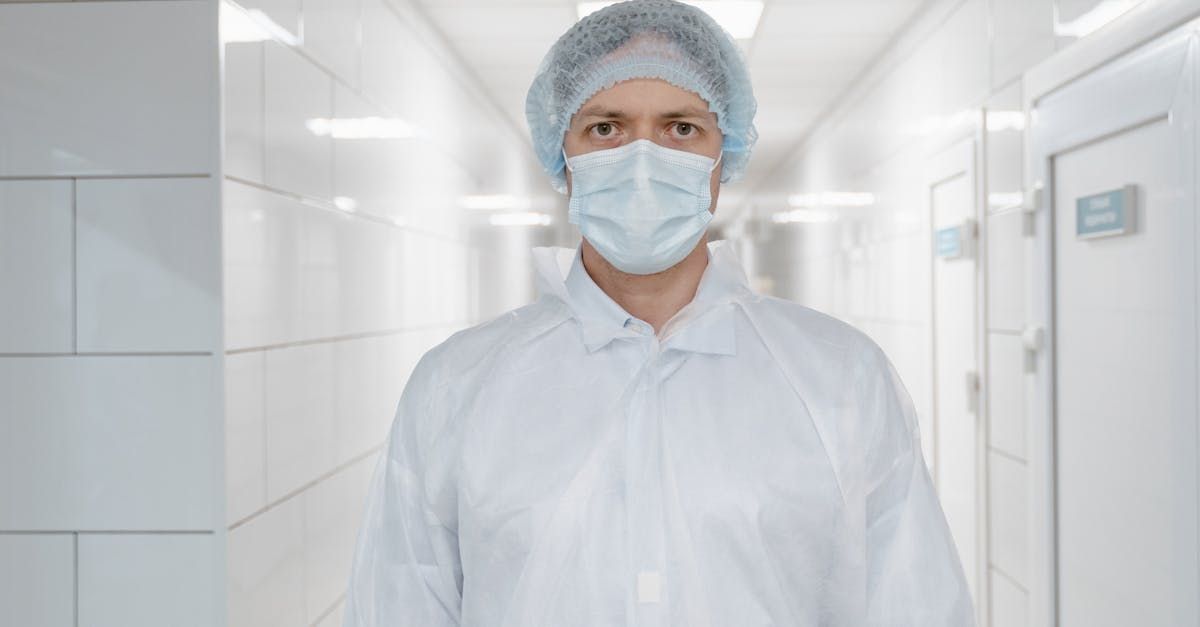


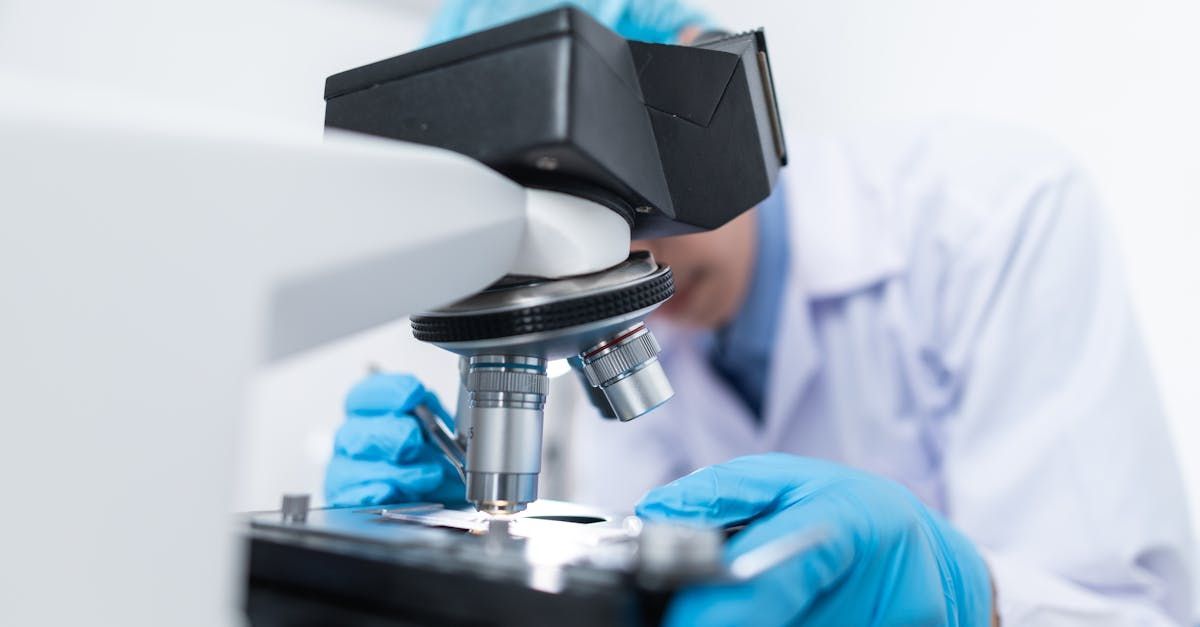
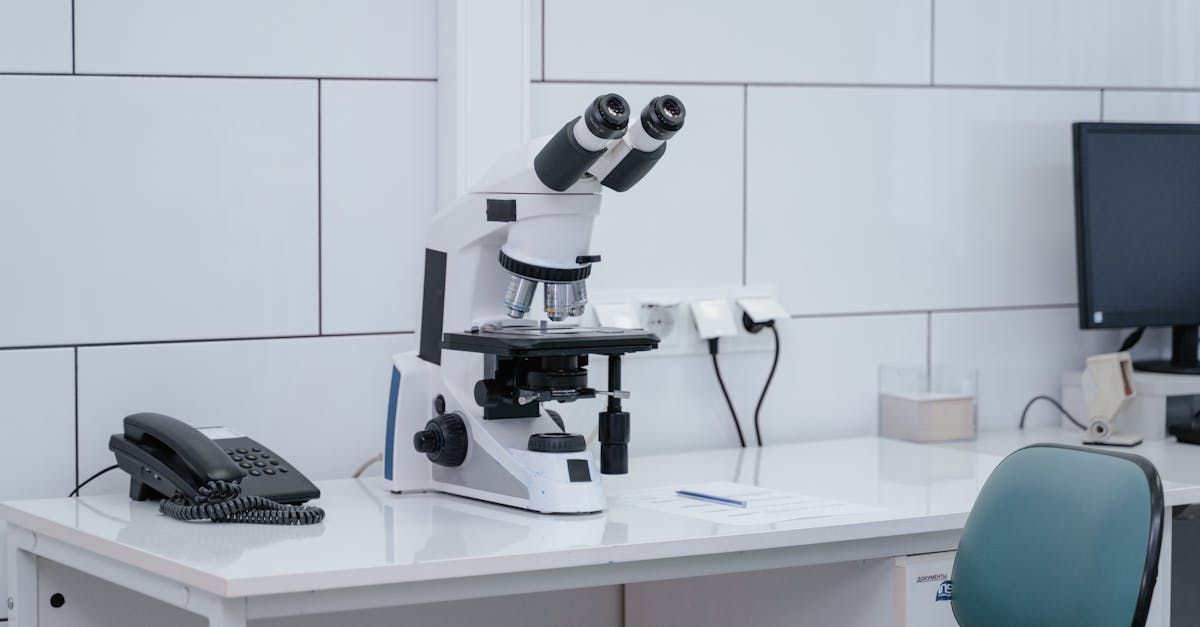

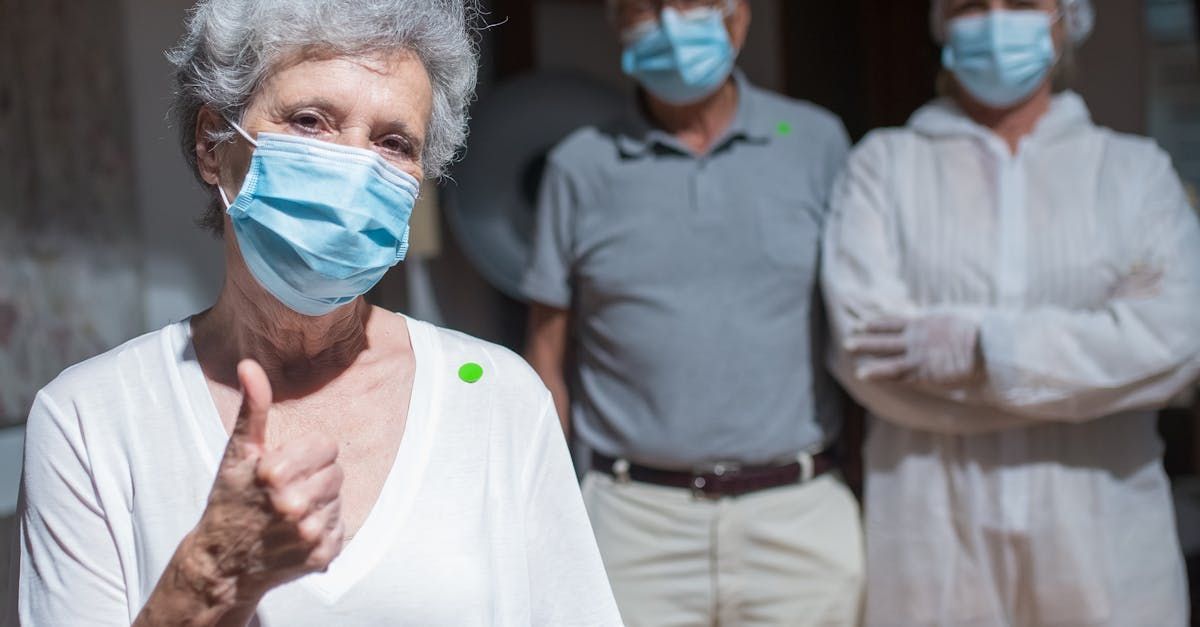



Join Our New Letter










